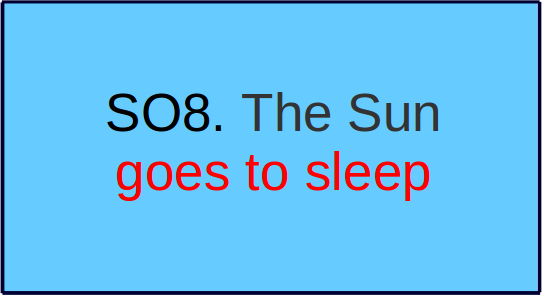Suggested observations
How round is the true orbit of Jupiter?
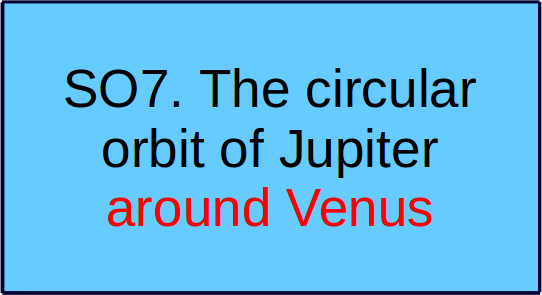 Feb, 2022
Feb, 2022
In our new model of the Solar System, the dismembered mass of the former Andrea Star moves around the center of the mass of the entire Solar System in Venus once every 247 years. But all eight of today's Solar System planets must also move simultaneously around this center of mass and around the Sun (the most massive member of the system). In the case of the Earth, which comes closest to Venus, this creates a rosette-shaped orbit, ...
How the Sun dances around Venus?
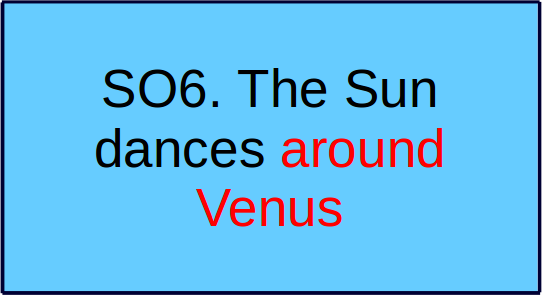 Dec, 2021
Dec, 2021
The JUICE spacecraft will take more than seven years to reach Jupiter. It would be necessary to choose a favorable phase of the flight in which the spacecraft's cameras could photograph the exact positions of the Sun and Venus against the background of a few fixed stars. And not just once, but several times (3 to 10) at intervals of about 30 days. On these images, one will be able to see clearly (I am convinced of this) that it is not Venus that orbits the Sun, but rather the other way around, the Sun “dances” around Venus. This will be the simplest direct proof of the existence of the mass (of about 17 Jupiter masses) of the Dark Companion of the Sun in the Kuiper Belt.
Callisto - the oldest planet!
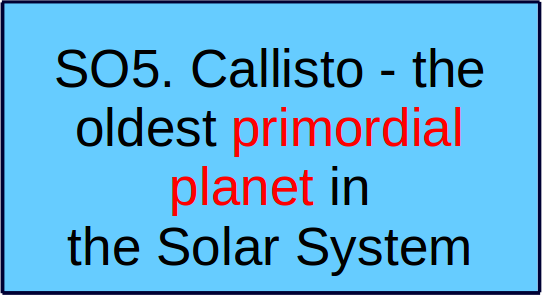 Dec, 2021
Dec, 2021
Our Unified Science, however, tells a completely different story about the formation of the system of the four Galilean moons around Jupiter, of Jupiter itself, and of Saturn with its largest moon, Titan. ... The original Io, Ganymede, and Callisto have remained loyal to their former centerpiece, the core of the Andrea Star, today's Jupiter, and have migrated with it into the interior of the system. What is left of the attacking primordial Saturn, today's Saturn, still managed to travel to the outermost primordial planet of the Andrea star, the Titan, where it has remained to this day.
From 2024 it will get colder and colder!
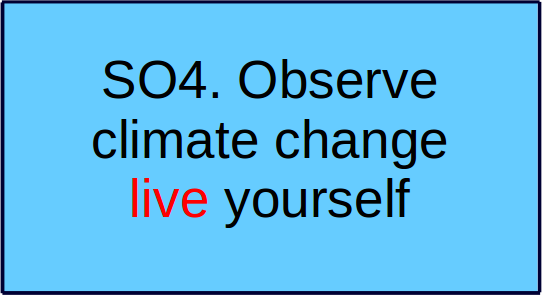 Dec, 2021
Dec, 2021
“So let's summarize. The most important and urgent task of the 21st century is the restructuring of the World community. To do this, I will show you why you are the first generation of a new, Global Civilization. Furthermore, I will show you how a new, Unified Science can make some reliable statements about the natural development not only of our own evolution, but also of the global climate. Preparing the World community for further natural climate changes will be the second task in this century. We will also see that our third most important task is to save the environment from us humans, the environment without which humanity cannot survive."
Solving the Kuiper Belt mystery!
 Dec, 2021
Dec, 2021
A NASA Discovery class space mission called “Lucy” was successfully launched on October 16, 2021. It is the first mission ever to visit, observe, and, where possible, study the cosmic objects of the Trojan class. This time it is the turn of Jupiter's Trojans... From the Venus-centered structure of the Solar System... the following assertion arises. The “Dark Companion” of the Sun, the disrupted mass of the former Andrea Star, which still plays a crucial dynamic role in our Solar System, has collected thousands of small cosmic bodies 60 degrees in front of and behind its current position, as well as at the other Lagrange points on its orbit around the center of mass of the entire Solar System (in Venus). Although they have been following the “Dark Companion” for billions of years, we did not know of their existence until 1992, when the first so-called “Trans-Neptunian Object” was discovered. By 2015, thousands more had been discovered... Year after year, thousands more of these objects are found. Only traditional science still has no idea what they are doing there. Only our discovery of the prehistory of the Primordial Sun and the Andrea Star makes sense of the existence of the Kuiper belt. The majority of the objects in this belt must be recognized as the Trojans of the mass of the Sun's “Dark Companion”.
The Moon has small children!
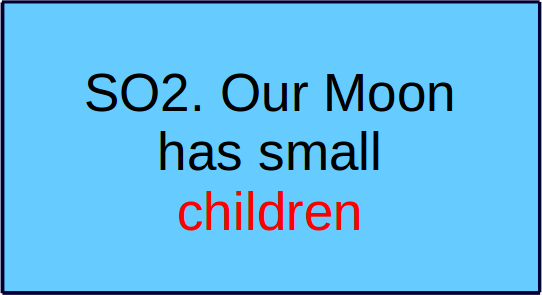 Dec, 2021
Dec, 2021
One of the most important discoveries of Unified Science is the realization of the active role of the original Mars in the formation of our large Moon. It seems quite obvious to me that not all of the ejected mass from the collision of the rest of the original Mars with the original Earth could come together again in the newly formed Moon. Some fragments of this mass must have remained. Therefore, my second observation (and calculation) suggestion for astrophysics is to check which of the so-called near-Earth asteroids that we know today could be the remnants of this process of Moon formation.
The Sun dances around Venus!
 Dec, 2021
Dec, 2021
The Sun and Venus are at least seven billion years old. They were formed at the same time from the Solar System's primordial cloud. The Sun has collected most of the mass of the primeval cloud in itself. Its little brother, the Andrea Star, has attracted most of the remaining mass. The primordial planets were formed from the small remainder of the mass of the primeval cloud. What fell into the center of the mass of the whole system during the following billions of years has formed into one of these primordial planets, into Venus. This means that in reality, it is not Venus that “dances” around the Sun in our Solar System, but the Sun that “dances” around Venus. We know all this from our prehistory of the Solar System. ... These 247 images of Venus, which year after year come together as individual “pearls” to form a “string of pearls” in the sky, never cease to impress me. Such behavior is probably not explainable with any other idea than that of the existence of the mass of the Dark Companion. As we have just seen, a properly used animation can tell an impressive story without the need for any space probes. And it is certainly cheaper and more accessible to everyone.
